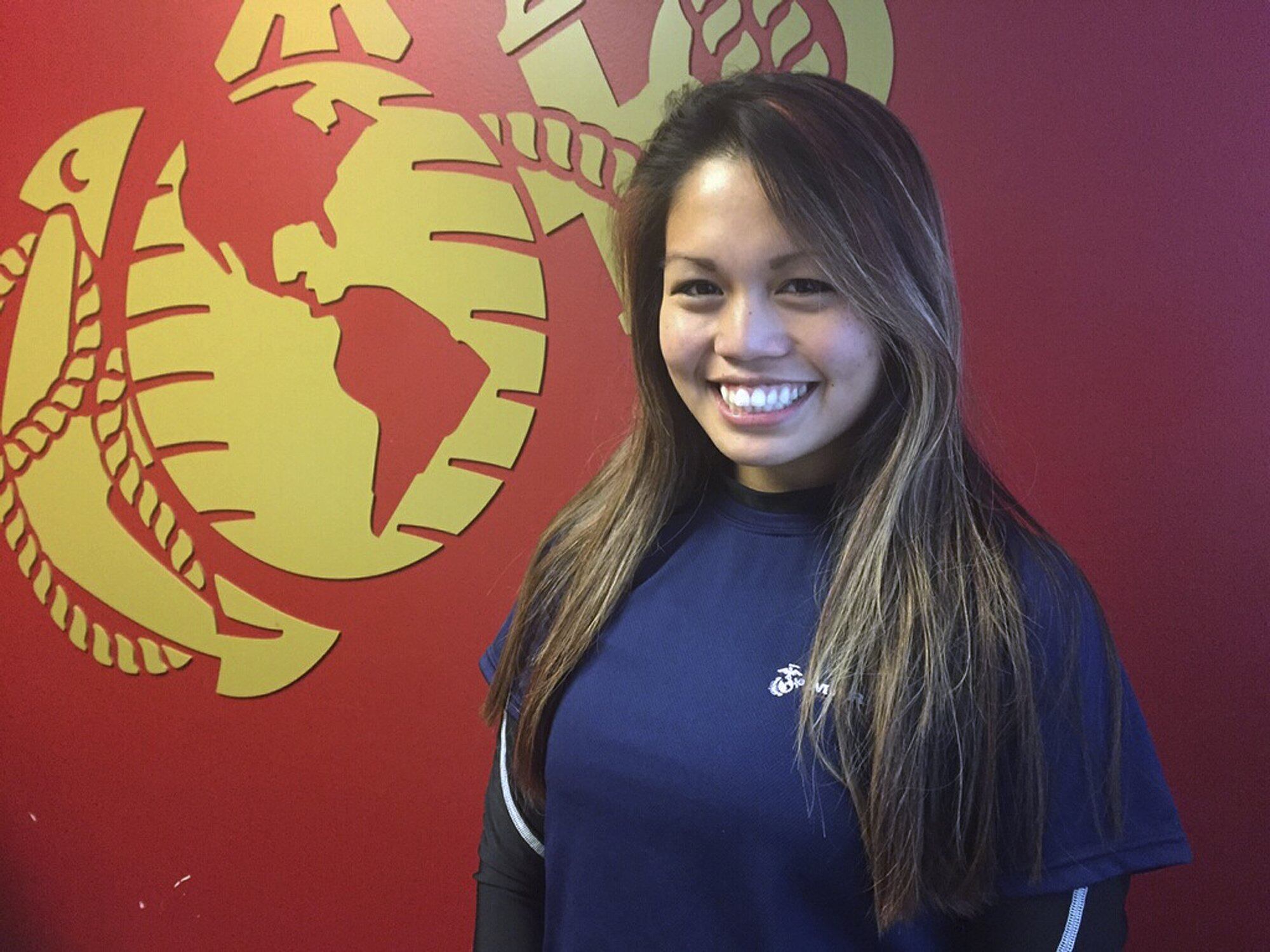I used to try hard to forget what it felt like to fear dying.
The sounds of helicopters hovering above and “incoming fire” alarms wailing as our unit took cover. While routine, these sounds were never easy to get accustomed to no matter how many times we’d reacted to them. That was life on combat deployment though. Nowhere to hide from danger. Like trying to run from an earthquake or take cover in the path of a category F5 tornado.
For those who’d never experienced combat, it’s like trying to explain color to someone who has never had the gift of sight. I’d completed two tours of duty in Iraq and one in Afghanistan. My chosen profession was “combat nurse” in a place where lives were changed forever by bullets and bombs in a matter of milliseconds. My duties entailed working 5 to 6 twelve-hour shifts while treating some of the most horrifying injuries one could imagine.
Those images would play back in my head during sleepless nights as I tried to crowd them out by thinking about loved ones back home. After several months, I had become numb to my everyday routine, perhaps out of a subconscious attempt to salvage my sanity, until the day that routine was a interrupted by a mass casualty alarm indicating incoming wounded from the battlefield.
I remember unzipping my first body bag. It’s impossible to analogize what charred human flesh smells like to any other odor I’d ever smelled, which makes it unforgettable for me to this day. I’d watch as many nurses exited the bay because it was too much to handle. Several doctors wept as they pronounced each person dead, as if it wasn’t already obvious.
For me, it was this confluence of events, sensations, thoughts, and experiences that had begun to alter my sense of humanity, and how this experience would disrupt my baseline for what I’d consider “normal” after experiencing this complete sensory overload. An overload that would aggravate the wounds from my earlier experiences.
I will never forget days like those because it established the moment I’d never see life the same going forward. It was the moment I’d “felt” post traumatic stress, a diagnosis that I didn’t welcome but had to accept, and how it would color my identity as a military officer, a healer, a mother, a sister, and a daughter.
Most people wouldn’t even know or think I’d served, much less served in combat. My scars were well hidden, and that suited me fine. I didn’t have to tolerate questions about my service, where I’d served, whether I’d ever killed anyone or been shot at, and suffer the dubious looks from men who still can’t fathom the notion that women serve in harm’s way. Being a “veteran” meant I had to bear my scars, so I chose not to, which had the opposite effect of reopening my wounds even deeper, in retrospect.
I’d eventually come to accept that the vestiges of those experiences were more like tattoos than scars, but only after admitting I needed help and seeking treatment. I’d come to see my invisible injuries as evidence of my patriotism and willingness to sacrifice, not imperfections to be suppressed and hidden for fear of being judged. Tattoos, with their bold, beautiful colors and deliberate outlines, tell a story whereas scars serve no purpose other than to remind one of past trauma.
For me, and women like me, wearing the uniform and stepping up to do what 99 percent of today’s population wouldn’t should be heralded. The problem is it needs to start from the inside, with the self belief that we belong and don’t have to explain why. It starts with the belief that we are veterans and don’t have to prove it. It’s starts with the belief that we bear tattoos, not scars, that tell our stories.
RELATED

Our stories of valor, honor, and courage must be told and better understood. Our stories include coping with the cumulative effects of isolation in male-dominated units, post traumatic stress, military sexual trauma, domestic violence, homelessness, and infertility in disproportionate numbers, all while facing the rigors of transition, mental recovery, restoring interpersonal relationships, and in many cases raising children alone.
Whenever I think about woman veteran experience, a quote comes to mind: “I am proud of the woman I am today, because I went through one hell of a time becoming her.” Those words perfectly encapsulate my journey and that of many others whose struggles are the reason they should be admired, not marginalized, as veterans who embody perseverance. Once that becomes the norm, they would no longer be afraid to share their stories, ask for help, use resources, or be overtaken with sadness while walking a tight rope where suicide awaits at the bottom should they fall off.
If we can achieve that, our identities will be intact, our road to successful transition and recovery will be more certain, our stories will be told by the beautiful tattoos that replace our painful scars — and more of us will spend our lives living instead of trying not to die.
Cherissa Jackson is the chief medical executive for AMVETS and a 23-year Air Force combat veteran. She is the author of “At Peace, Not in Pieces,” a memoir about her battle with post traumatic stress and prescription for healing.





